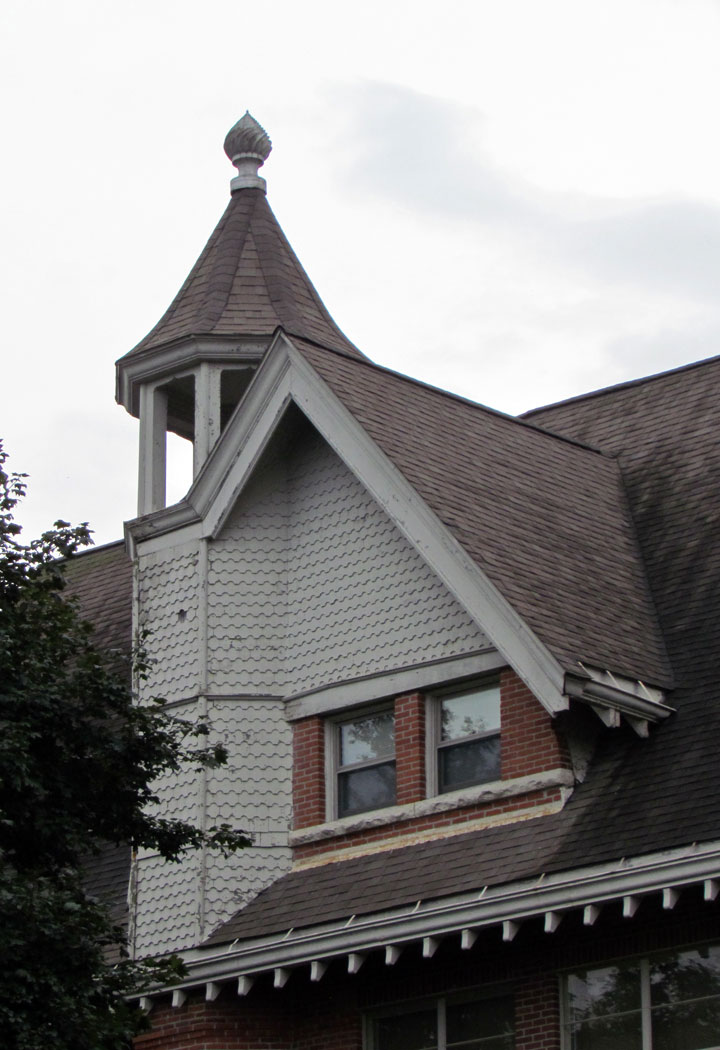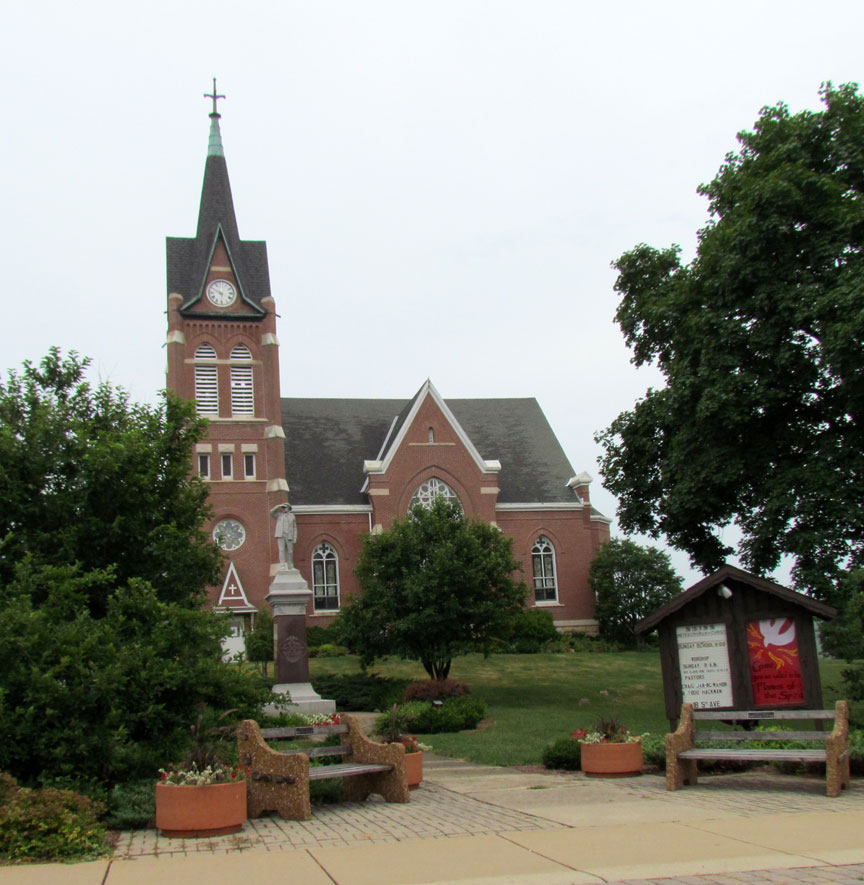

New Glarus

New Glarus
New Glarus is a village in Green County, Wisconsin, United States at the intersection of Wisconsin Highways 69 and 39. It has a population of 2,304 according to the 2010 census. Since 2000 it has had a population growth of 9.09 percent. The village, as well as the town that surrounds it, was named after the Canton of Glarus in eastern Switzerland. The community was founded in 1845 by immigrants from Glarus, Switzerland and was incorporated in 1901.
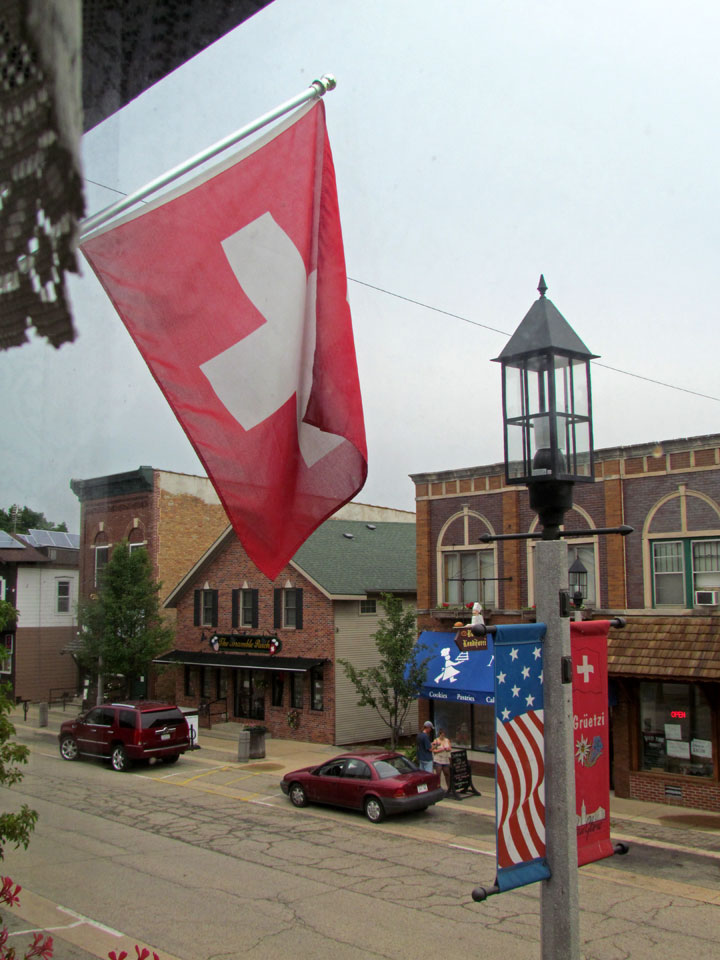
New Glarus is a popular tourist destination best known for its Swiss heritage,
old world architecture, ethnic dining, small independently owned craft brewery,
and outdoor festivals.
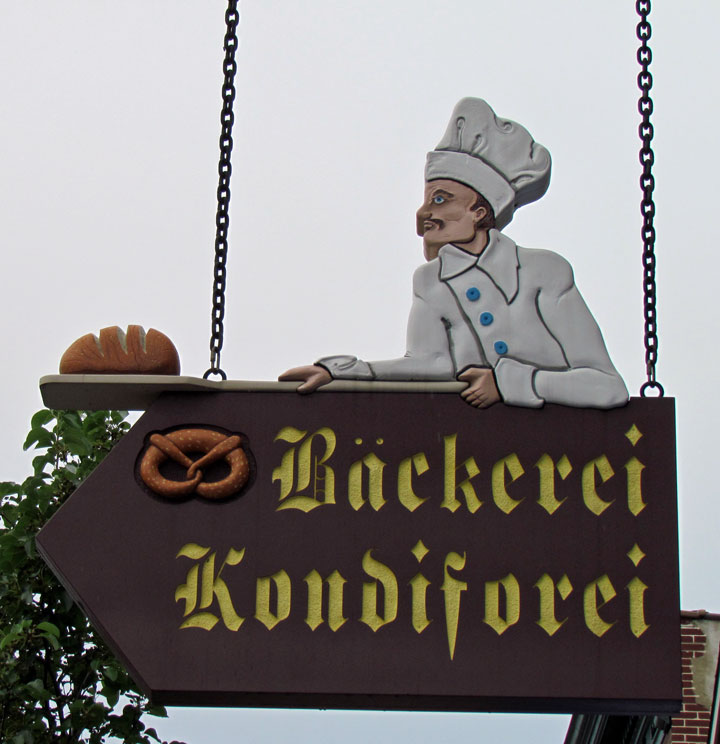

More than 160 years after it was founded, New Glarus has maintained much of its
Swiss heritage and old world traditions. Swiss-style chalets and flower boxes
filled with red geraniums grace the streets of the village. Swiss flags fly next
to the American flag at many businesses and homes. Old World meat markets,
restaurants, and a Swiss bakery are also found in downtown New Glarus, along
with folk art, museums, and Swiss-style shops. Many Swiss customs are still
alive in New Glarus, including the card game Jass, yodeling, and flag tossing.
In New Glarus, the proportion of residents of Swiss American ancestry is one of
the highest in the United States.
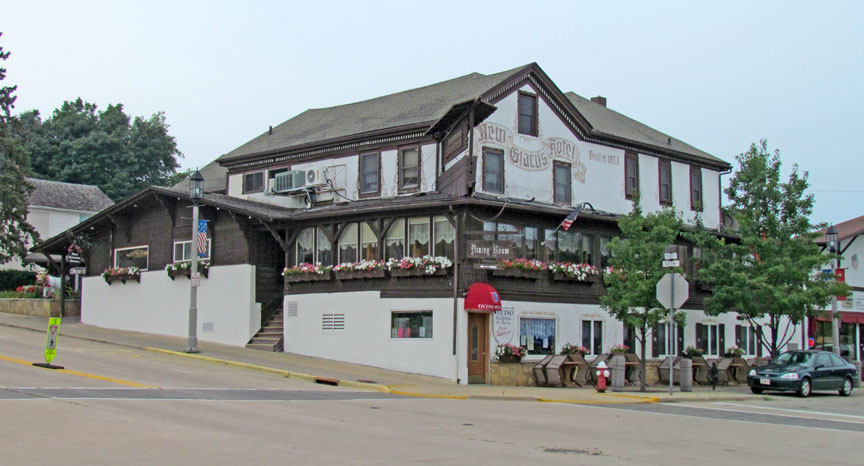
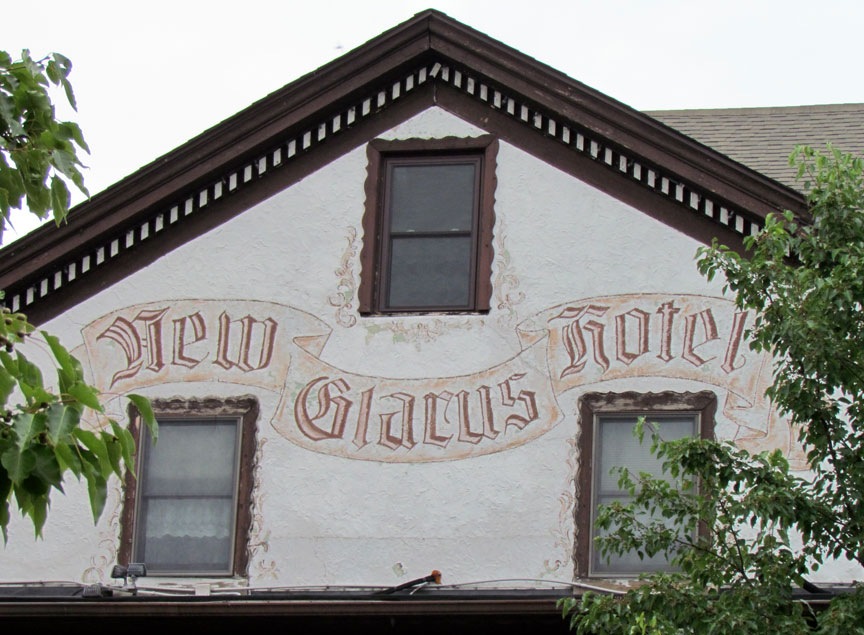
New Glarus Hotel
In the early 1840s, after several years of failed crops and as food became scarce, much of Glarus, Switzerland found itself deep in poverty. With more workers than available jobs, the government of the canton saw emigration to America as a solution. Authorities established the Glarus Emigration Society in 1844, which offered loans to help residents purchase land in the New World. All other expenses associated with the voyage to America were to be paid by the emigrants themselves. Men were offered 20 acres (81,000 m2) free of rent for ten years, after which they could own the land for a mere ten shillings per acre. Given the desperate economic conditions in Switzerland, 193 volunteers decided to leave their homeland to start anew in America.

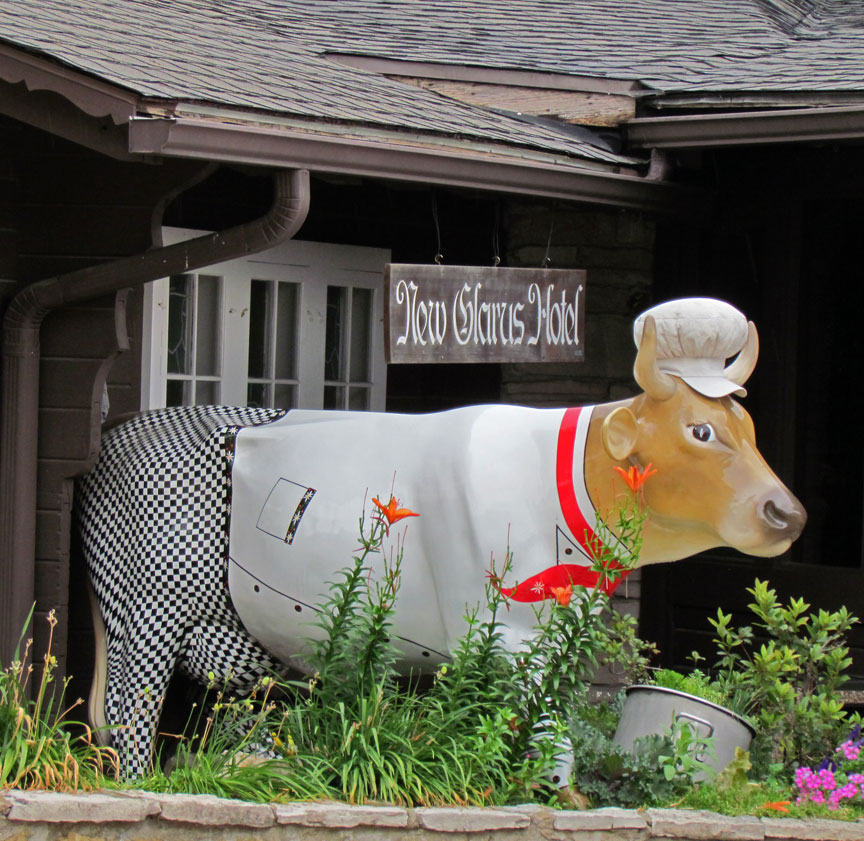
In 1845, magistrates in Glarus, Switzerland dispatched two men, Nicolas Duerst
and Fridolin Streiff, to find a suitable location for a colony in the New World.
They were given $2600 and instructions to purchase land, build cabins, and
prepare for the settlers to arrive the following spring.
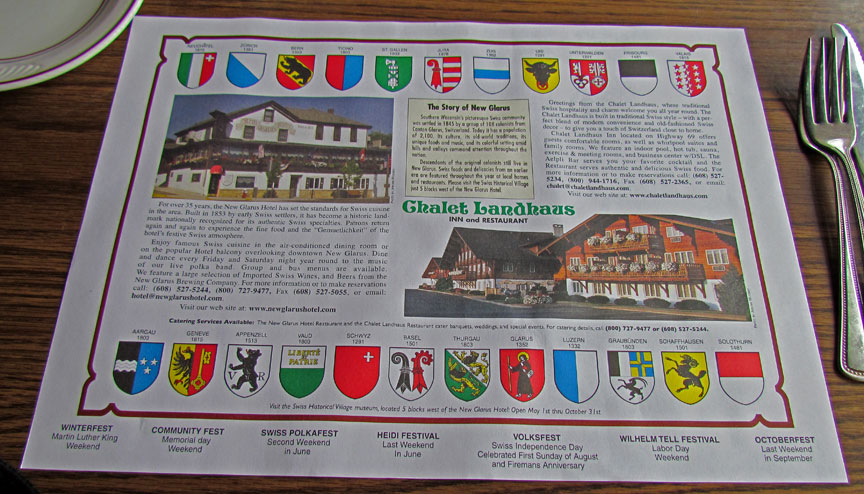
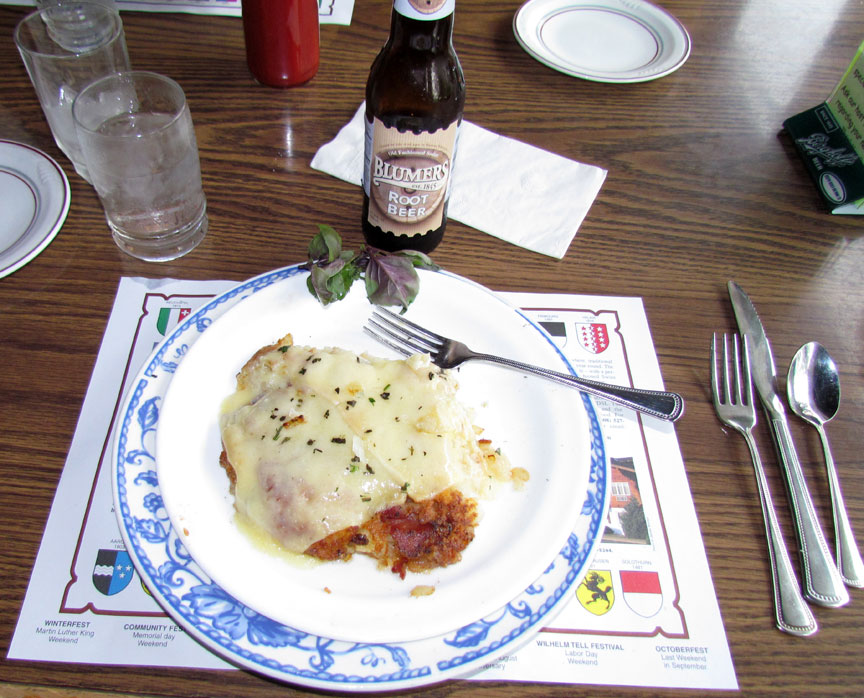
Duerst and Streiff began their search in Ohio, Indiana, and Illinois before
reaching St. Louis, Missouri. In the early days of July 1845 they traveled north
to Galena, Illinois, after which they arrived at the land office in Mineral
Point, Wisconsin. The men investigated several tracts of farm and timber land in
the southern Wisconsin territory before deciding on two square miles along the
Little Sugar River. On July 17, 1845 they purchased 1,280 acres (5.2 km2) for
$1.25 per acre. It was a fertile basin bounded with hills and a large stand of
trees nearby. Some said later it wasn't the best property available, but the
valley and hilltops reminded them of their native Switzerland.

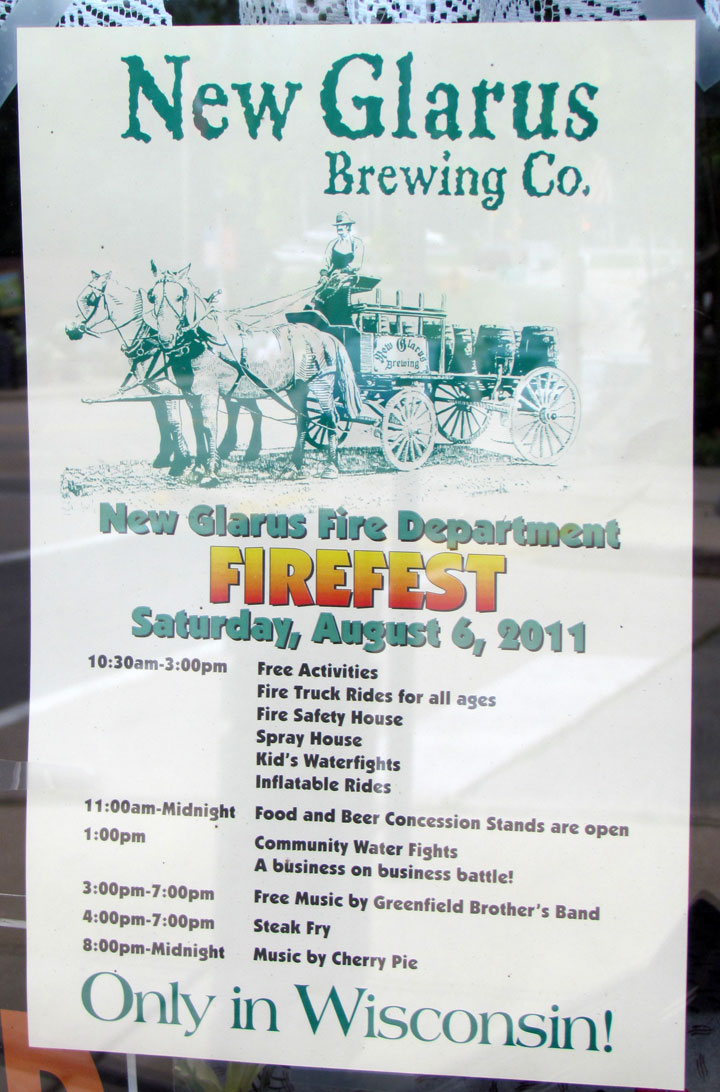
The land that would become the Village of New Glarus was untamed wilderness,
which had been inhabited by Native Americans for centuries. An Indian trail
passed just north of present-day New Glarus, through what is now New Glarus
Woods State Park. That trail later became the main thoroughfare to and from New
Glarus. Even as late as 1845 the remnants of an old wigwam were still found near
there.
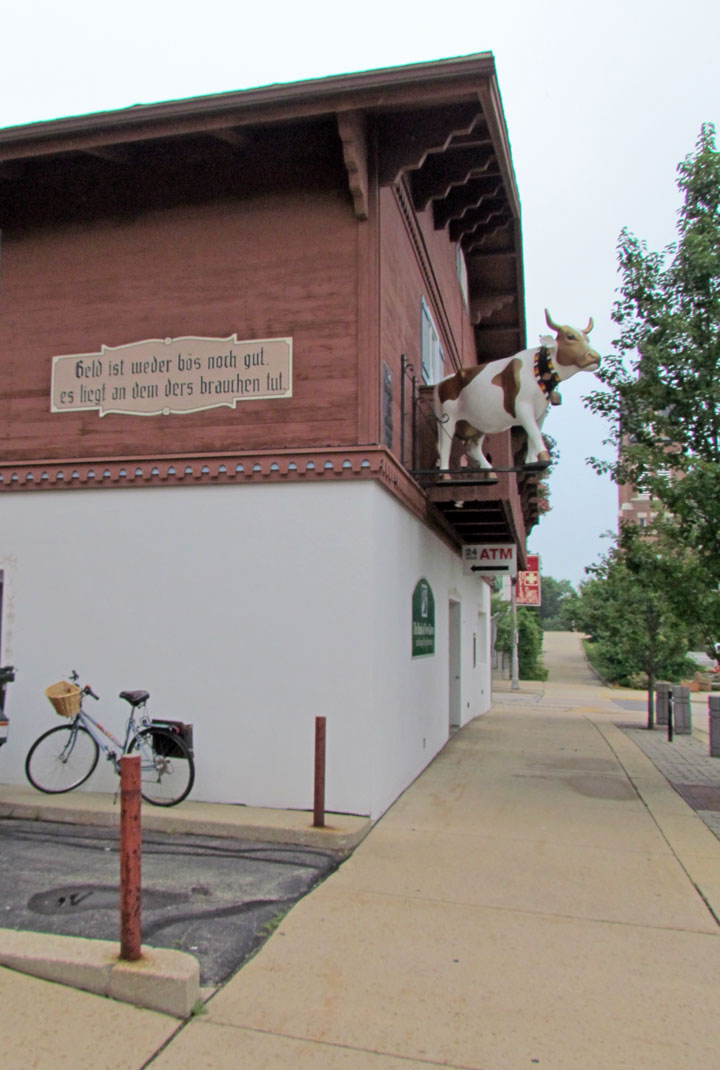
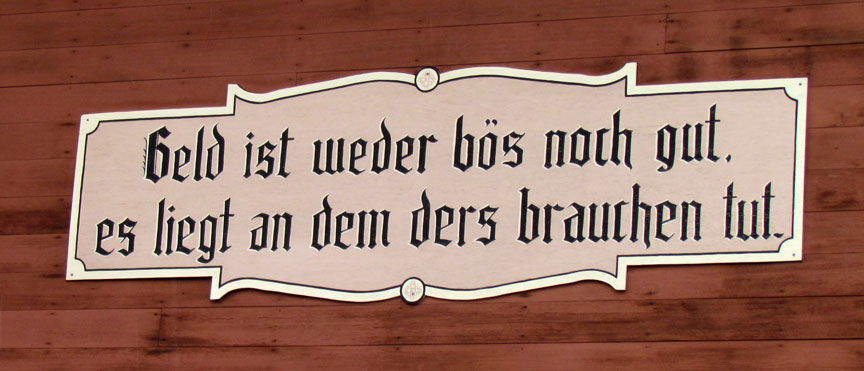

Anxious to begin a fresh life in the New World, families in Switzerland decided
to depart much earlier than expected. On April 10, 1845 the group left Glarus on
a barge bound for Rotterdam. From there they expected to sail into New York City
where friends were scheduled to meet them. Dishonest agents, however, routed
them instead to Baltimore, Maryland, where they first set foot in America after
a 49-day voyage. Without any knowledge of the whereabouts of Duerst and Streiff,
the former residents of Glarus left Baltimore searching for the two men who
arrived before them and the land chosen for their new home.
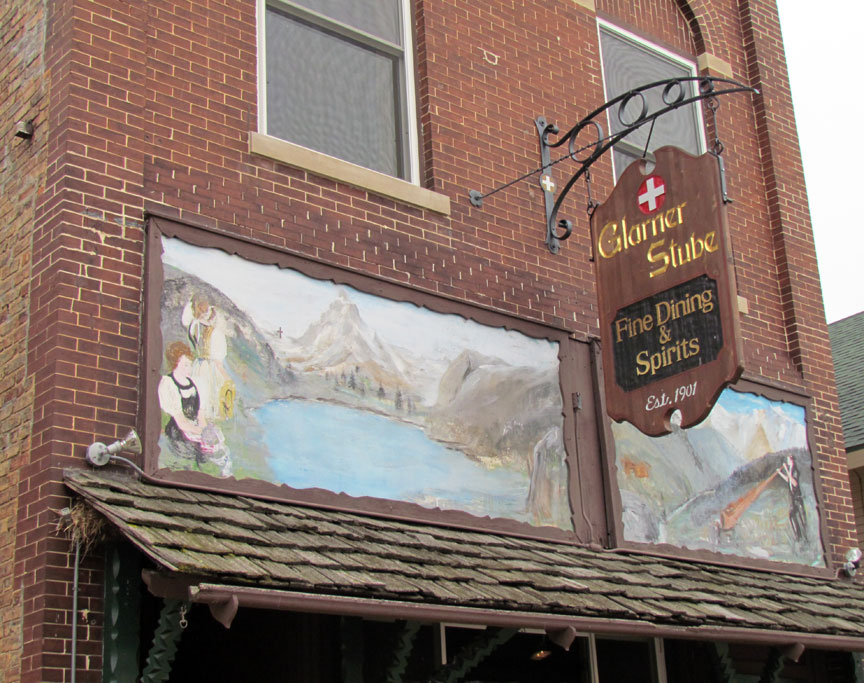
During their journey across America, the Swiss pioneers heard rumors that Duerst
and Streiff had died. Undaunted, the group continued their difficult journey
west. When they arrived in St. Louis it was said that the settlers were covered
with mosquito bites and very nearly approaching starvation. From St. Louis they
boarded a steamboat for Galena, Illinois.

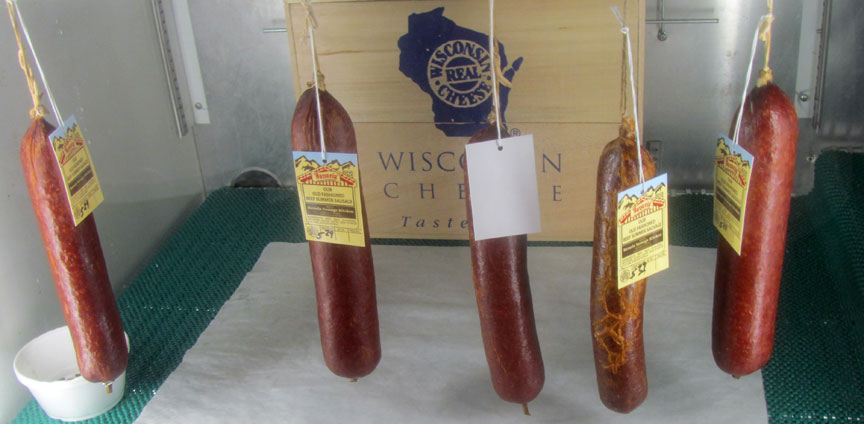
Shortly after arriving in Galena the settlers from Switzerland were excited to
learn Duerst and Streiff were alive and had already secured land for their new
settlement. Overjoyed, 18 men left that night on foot and walked 62 miles (100
km) to the location of the settlement. Wagons were then dispatched back to
Galena for the remainder of the immigrants still there. After a long journey
that took four months and five days, 108 settlers arrived at their new home on
August 15, 1845. Three members of their party had died on the way to southern
Wisconsin. The balance found work or friends along the way; many more joined the
colony later the following year.
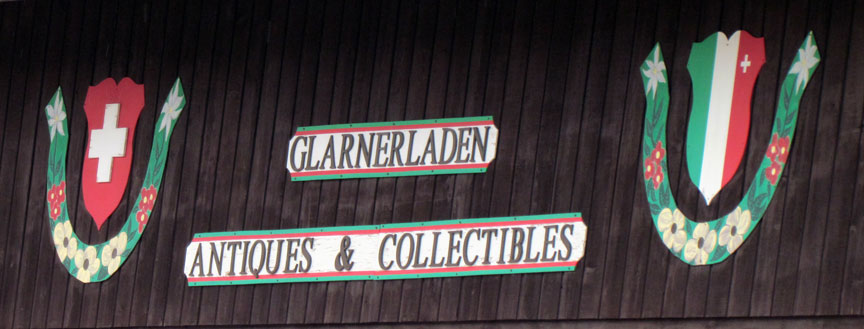
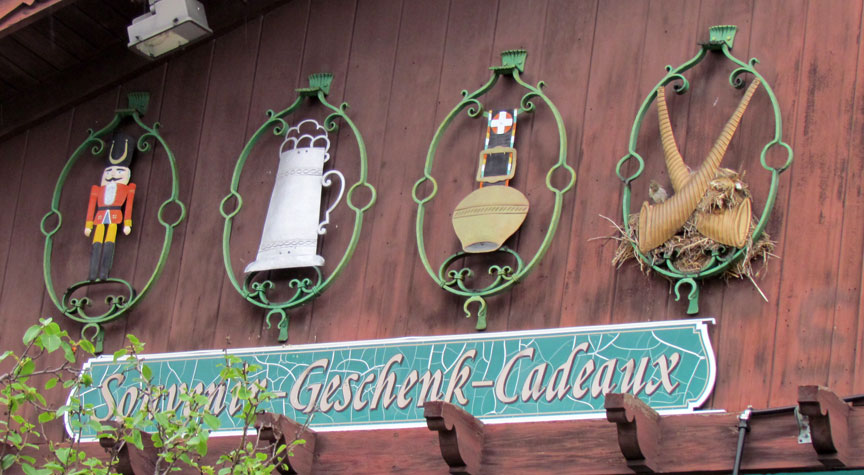
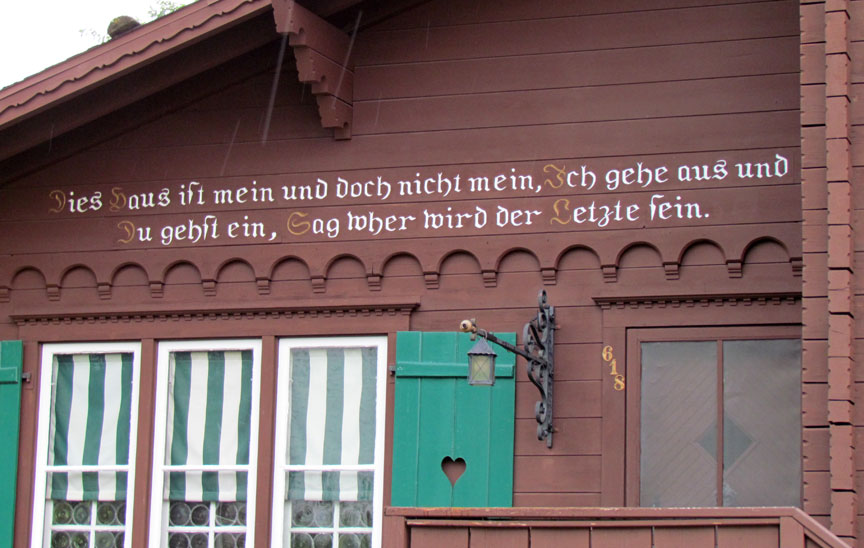
In all, the New Glarus settlers purchased 1,200 acres (4.9 km2) for their new home. Many of the pioneers were carpenters, mechanics, and farmers, trades that proved useful as the settlers prepared for their first winter in the Wisconsin Territory. A sum of $1,000 was used by the settlers that winter to purchase tools, cattle, seed, and other provisions, all of which had to be repaid with the price of the land within ten years of the formation of the colony. That first winter 12 families stayed in the community's only wooden hut, which was built on the same property where the Swiss United Church of Christ is presently located. Their diet consisted mainly of potatoes and grated cheese, a dish also known as Röschti. They also ate fish caught from the Little Sugar River. Bread, it was said, was a rarity, and meat even more so. To earn money to survive their first winter, the settlers worked in the nearby lead mines in Exeter and Mineral Point. In 1851 the first store in New Glarus opened, followed in 1853 by the first hotel, and in 1870 by the first cheese factory.
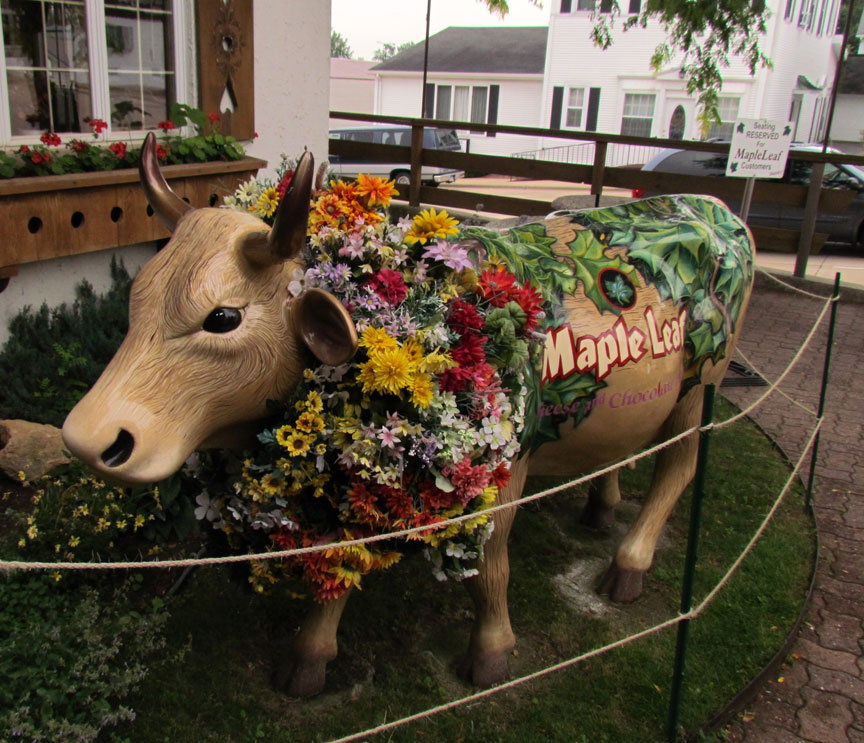
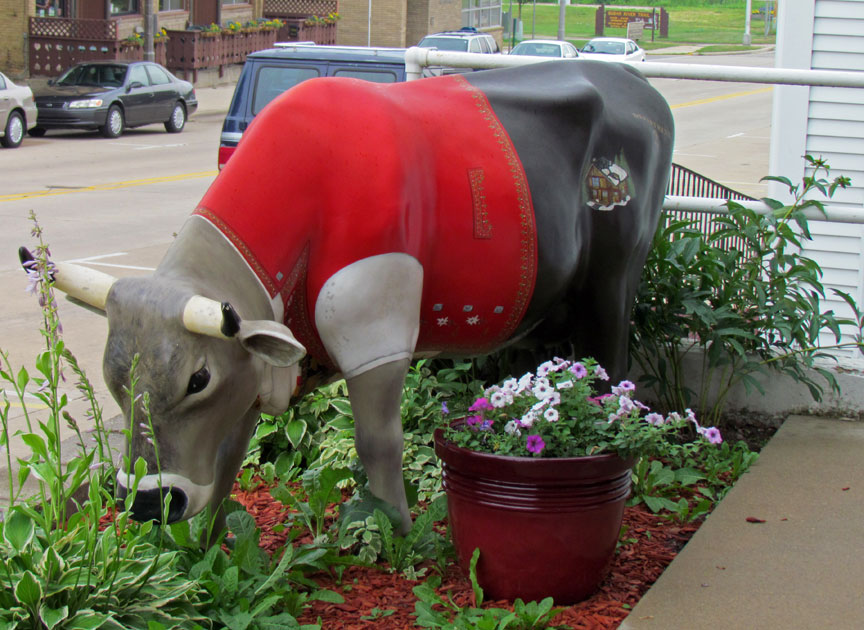

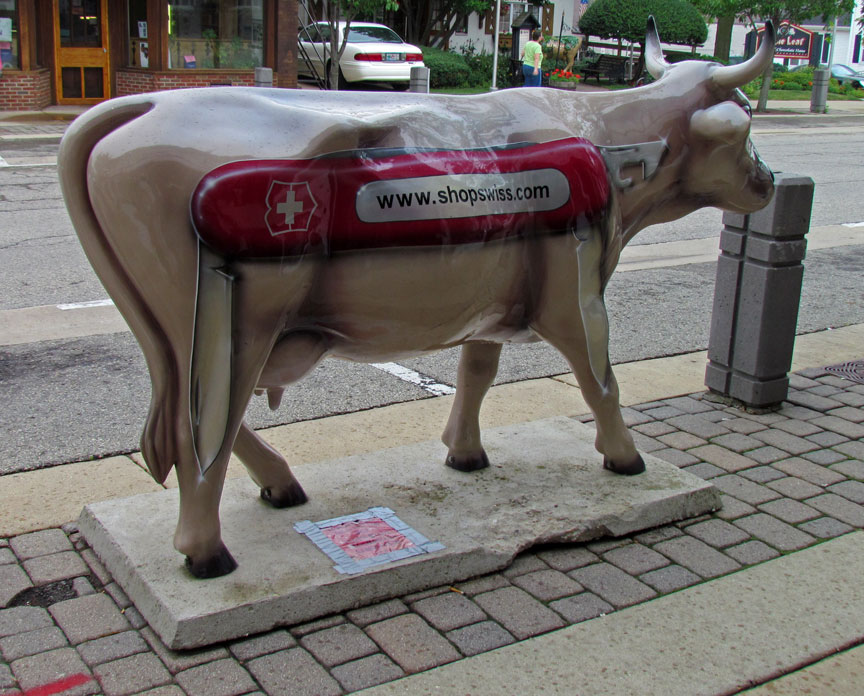
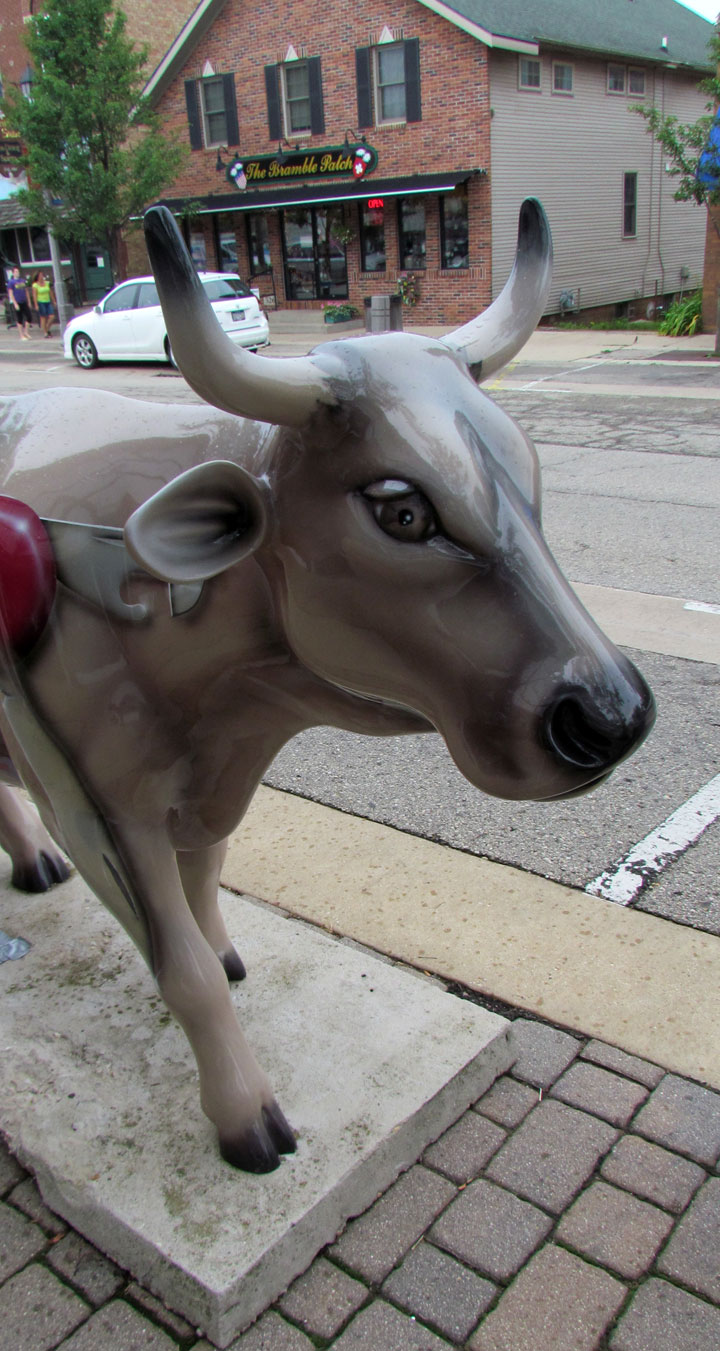
Two years after New Glarus was founded, another group of immigrants arrived from
"Old Glarus." Then, one by one, more arrived, and the population of New Glarus
was reinforced by new settlers from their motherland. The 1870 census showed
1,247 natives of Switzerland living in Green County, Wisconsin. By 1878 the 22
original 20-acre (81,000 m2) parcels owned by the first settlers had grown to
more than 30,000 acres (120 km2) around New Glarus.

Masonic Hall

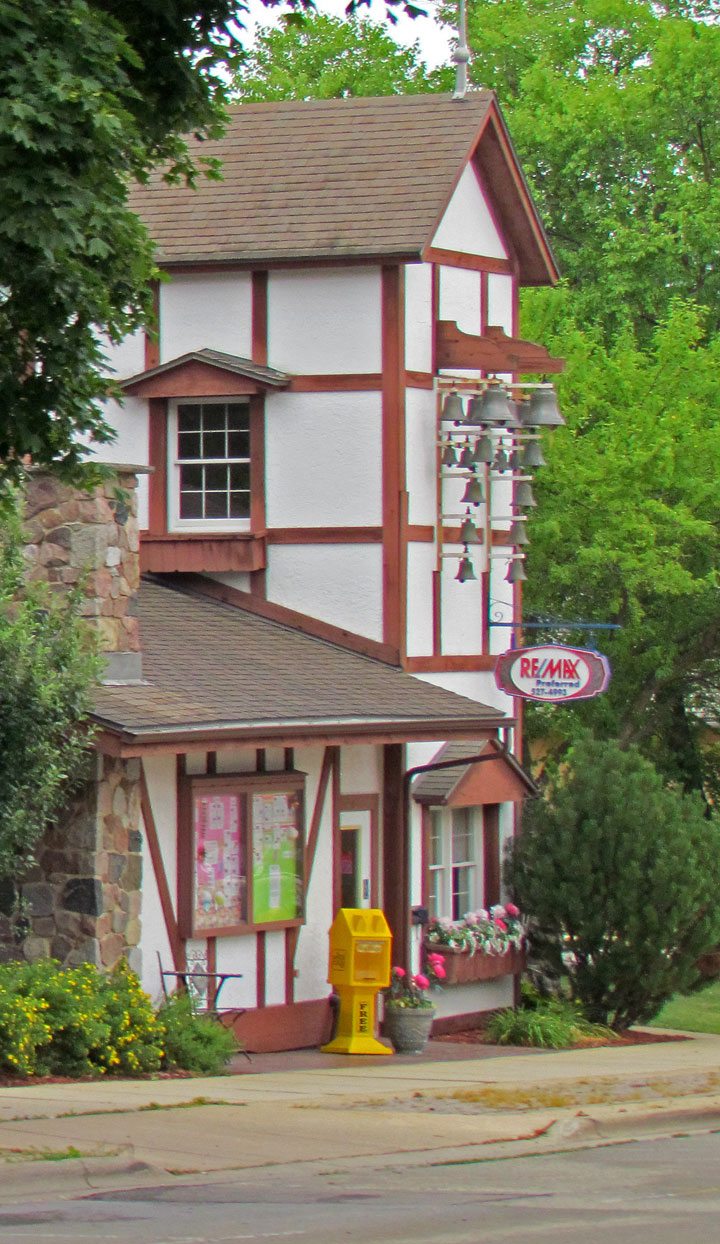

In 1861, a terrible fire destroyed much of Glarus, Switzerland. The fire, which
started in a shed and was fanned by high winds, destroyed 593 buildings; over
3000 people lost their roofs and everything they owned. To help their brothers
and sisters in their native homeland, residents of New Glarus donated more money
for the reconstruction of Glarus than they originally received as a loan when
they had moved to the United States 16 years earlier.
Text from Wikipedia
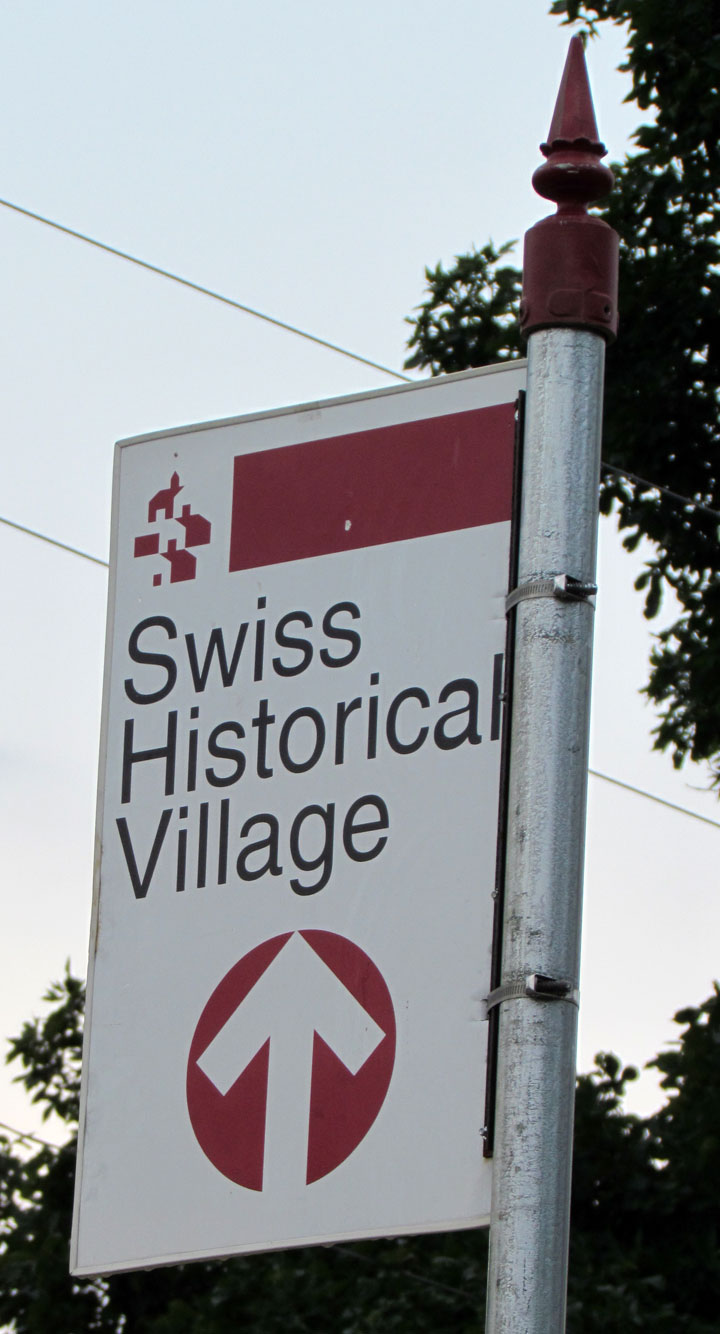

Swiss Historical Village
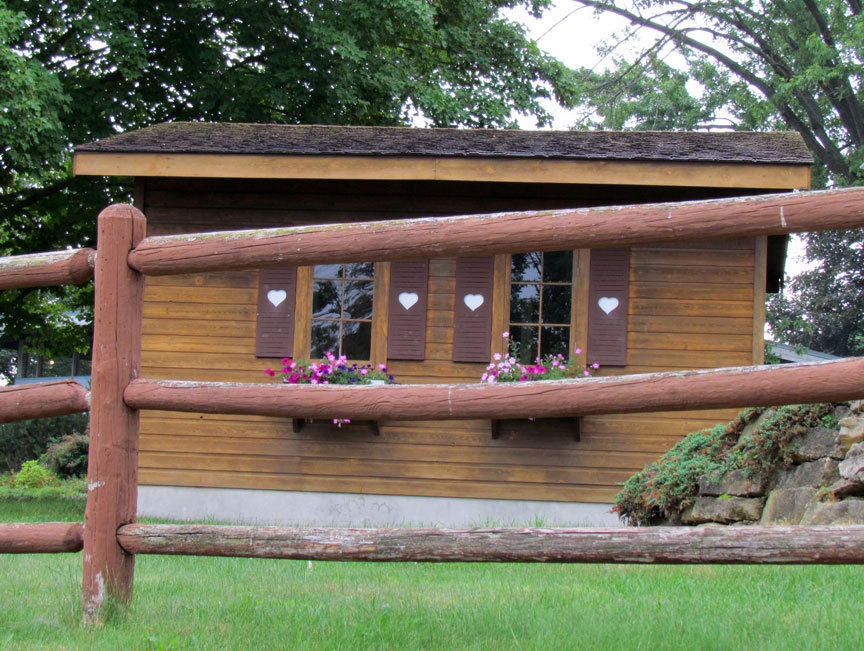
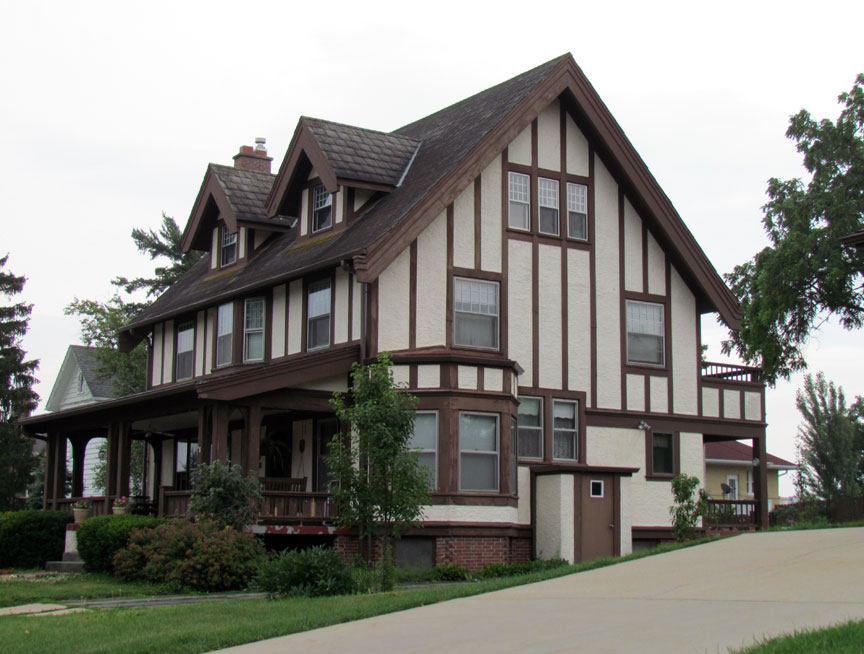

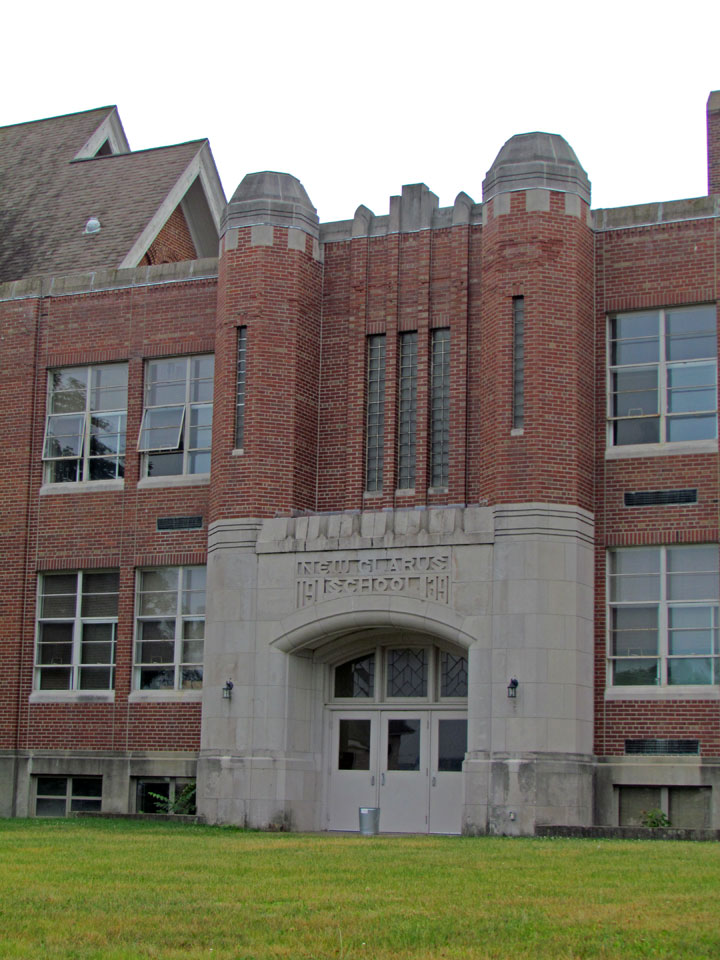
former school
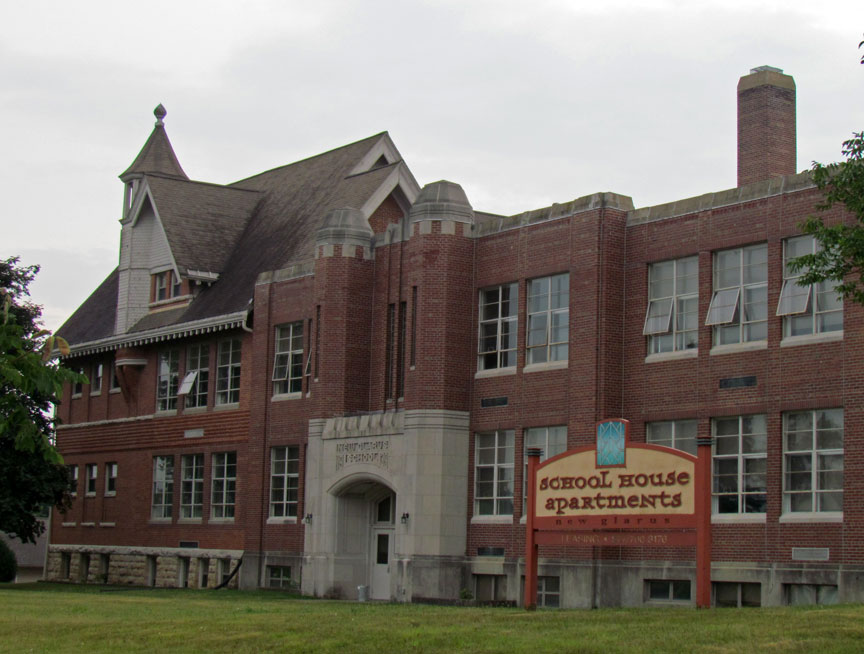
now apartments
